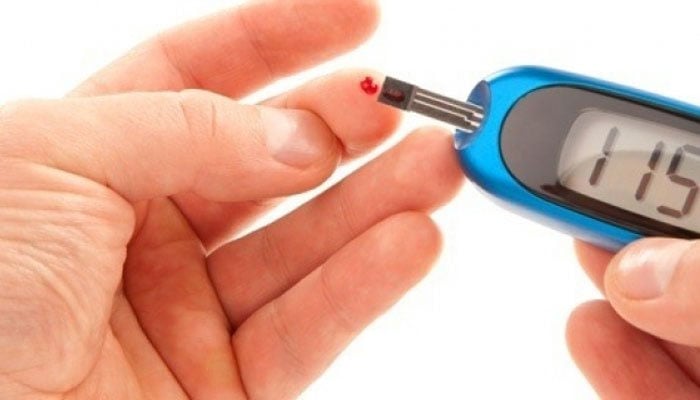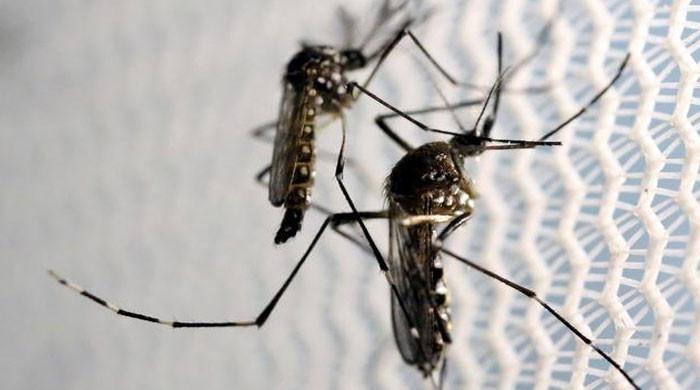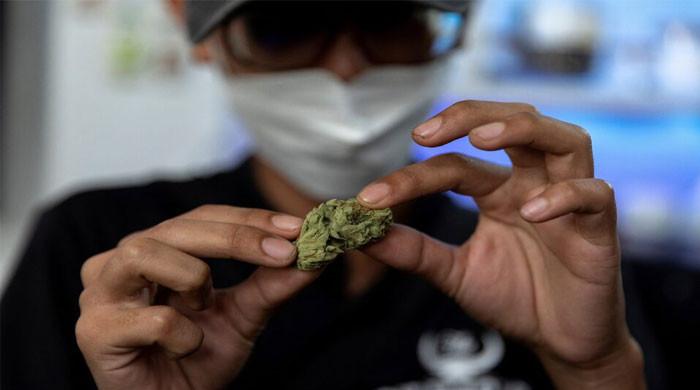Diabetes symptoms: What you need to know about diabetes
Diabetes symptoms: What you need to know about diabetes: Diabetes occurs because your pancreas does not produce enough insulin, the hormone that moves sugar from the blood into your body cells to be...
September 23, 2019

Diabetes mellitus, commonly known as diabetes, is a condition where the amount of glucose (sugar) in your blood is too high. It is a disease that causes high blood sugar because the body cannot use it properly.
Diabetes occurs because your pancreas does not produce enough insulin, the hormone that moves sugar from the blood into your body cells to be stored or used for energy. With diabetes, your pancreas doesn’t produce any insulin, or not enough insulin, to help glucose enter your body cells.
Types of Diabetes
There are two major types of diabetes commonly known as Type 1 and Type 2.
Type 1 diabetes is an autoimmune disease. In this type of disease, the cells in the pancreas, where insulin is produced, are destroyed, leaving the body unable to produce the key hormone.
Type 2 diabetes occurs when your body becomes resistant to insulin, and sugar builds up in your blood. It develops when the insulin-producing cells in the body are unable to produce enough insulin or the insulin is there but not working properly.
Common Symptoms of Diabetes
Following are the common symptoms of diabetes
- Increased hunger.
- Increased thirst.
- Increased urination. Going to the toilet a lot, especially at night.
- Feeling more tired than usual.
- Losing weight or unintentional weight loss.
- Cuts and wounds that take longer to heal.
- Blurred vision.
It may be noted here that while there is currently no cure for diabetes, you can live an enjoyable life by learning about the condition and effectively managing it.









